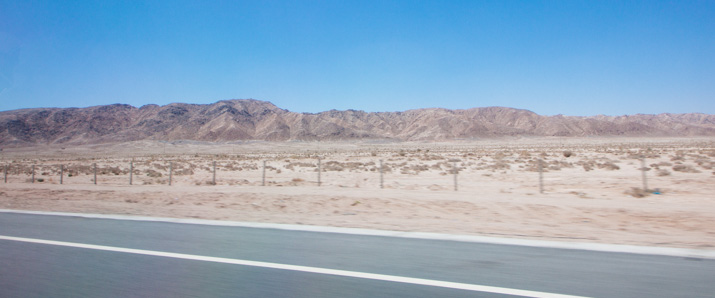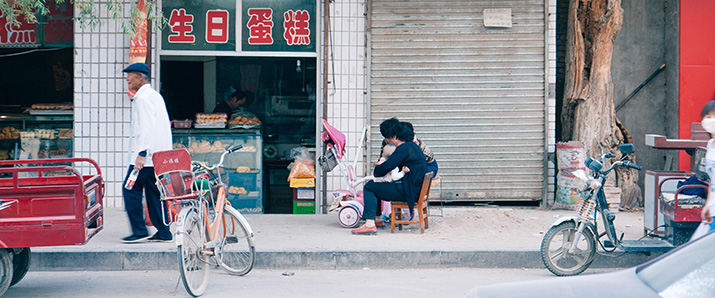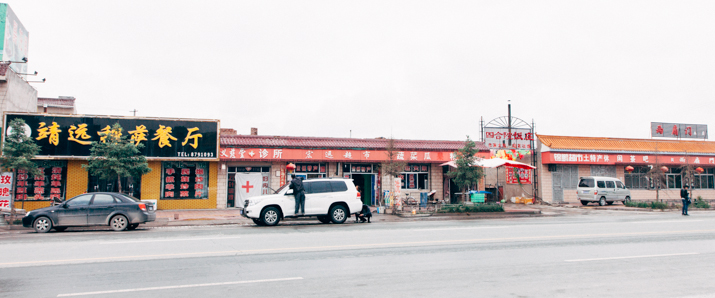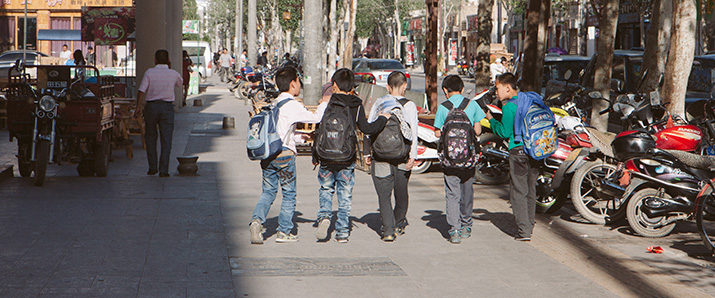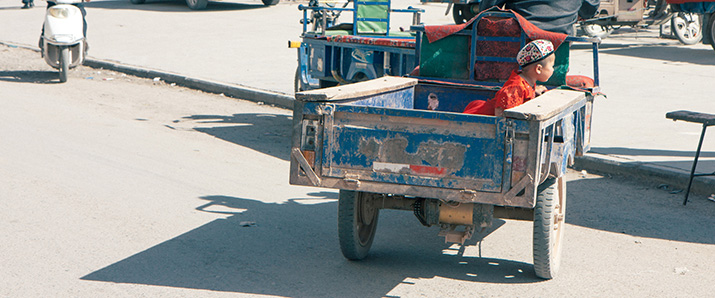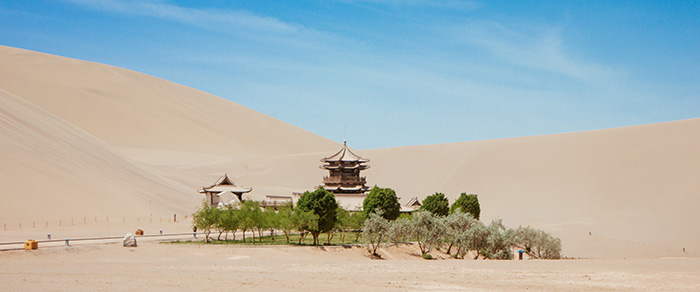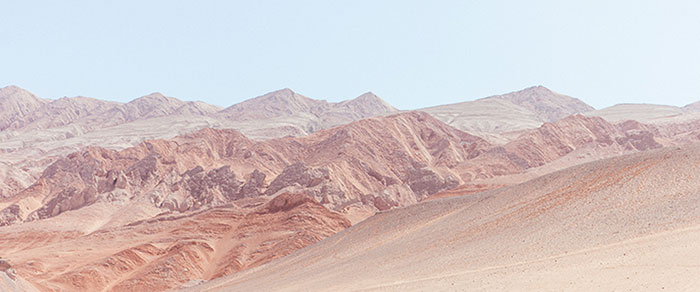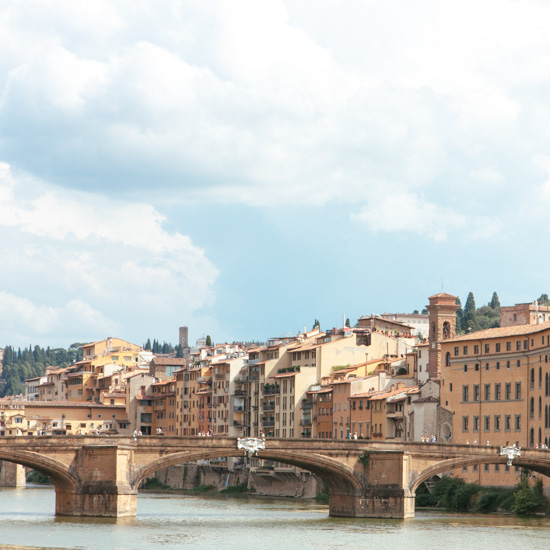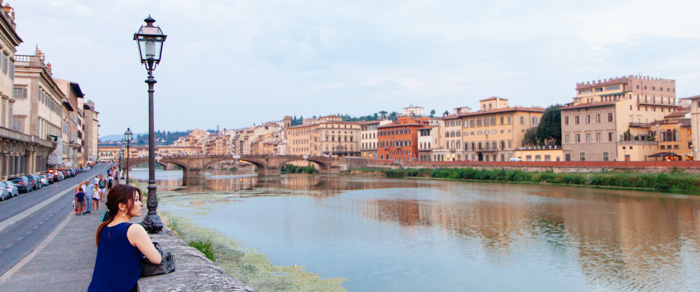Who Were the Artists?
Who qualifies as an artist, or what defines him or her? All the beautiful paintings in the caverns were modified many times over, by anonymous merchants, nobles, scholars, monks and pilgrims passing along the Silk Route.
Ownership of these caves were in a perpetual state of flux, and the paintings of Buddha were reworked many times over according to the opinions of the Mongols, Persians or Chinese. The art direction was further dictated by the state of religious evolvement at that point of time.
Many of them were merely attempting to “correct” a visual “defect” made by the era preceding them. For example, Buddha was a dark, skinny and naked figure from the outset, having originated from India. Over the crossing of many journeys, his visual appearance was modified to look a little fairer, fleshier and conservative in dressing – that is, a little more Chinese.
Hence the paintings on the cavern walls were not just aesthetic expressions, but were driven by a desire to do visual justice; one that was influenced by a fine, inseparable mesh of religion, culture and familiar visual appeal.
Buddhist Influenced Art Motifs
Some of the walls reminded me of Andy Warhol’s famous “Campbell Soup” pop art piece, but with a religious twist! Hand painted, multi-coloured tiles of a repetitive buddha motif covered the cavern from head to toe in a monotonous harmony of greens, browns and cyans.
A 360 degree interactive view of some amazing cave paintings (with Chinese commentary):
Cave 248 (Western Wei, 535 – 556)
Cave 301 (Northern Zhou, 557 – 581)
Part 1 can be found here: A Thousand Years in the Mogao Grottoes: #1
Part 3 can be found here: A Thousand Years in the Mogao Grottoes: #3
More from china
Writing
A Thousand Years in the Mogao Grottoes: #4
Writing
An Observation on Chinese Culture: Part 2
Writing
The Passage to Lanzhou: #2
Writing
A Thousand Years in the Mogao Grottoes: #2
Writing
An Observation on Chinese Culture: Part 1
Writing
A Day in Urumqi
Photography
The Crescent Lake of Mingsha Shan
Photography
The Rich Silk Route History of Turpan: Part 1
Writing
A Thousand Years in the Mogao Grottoes: #3
